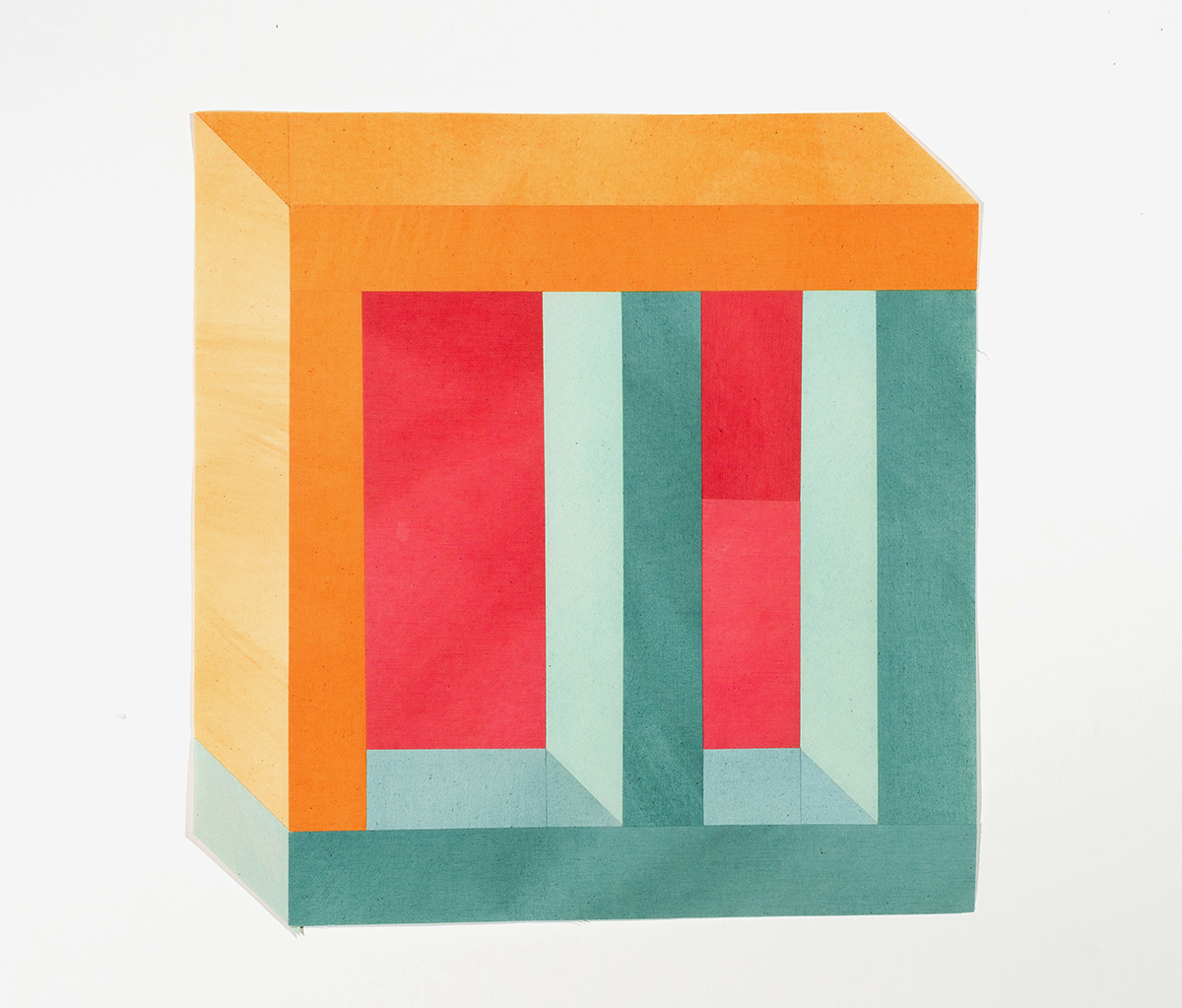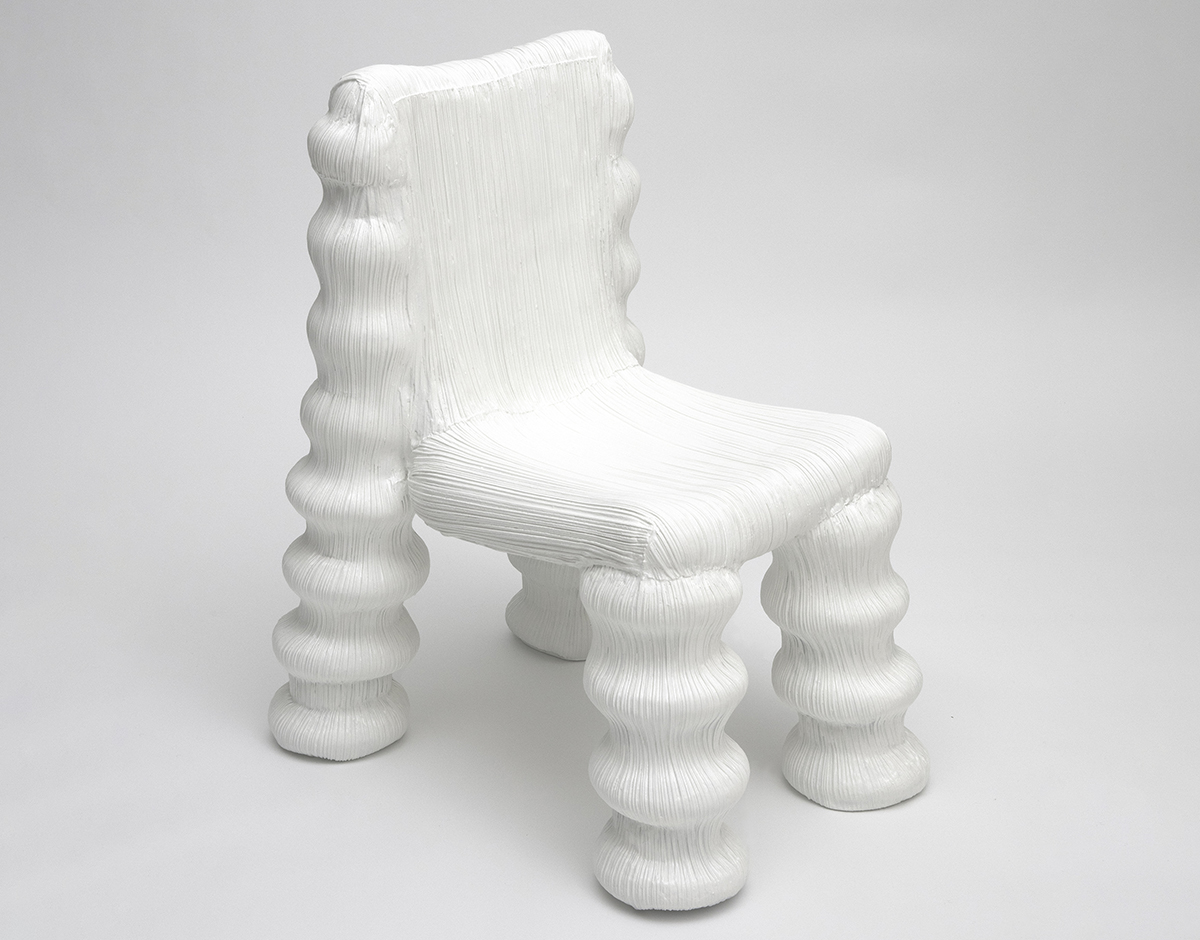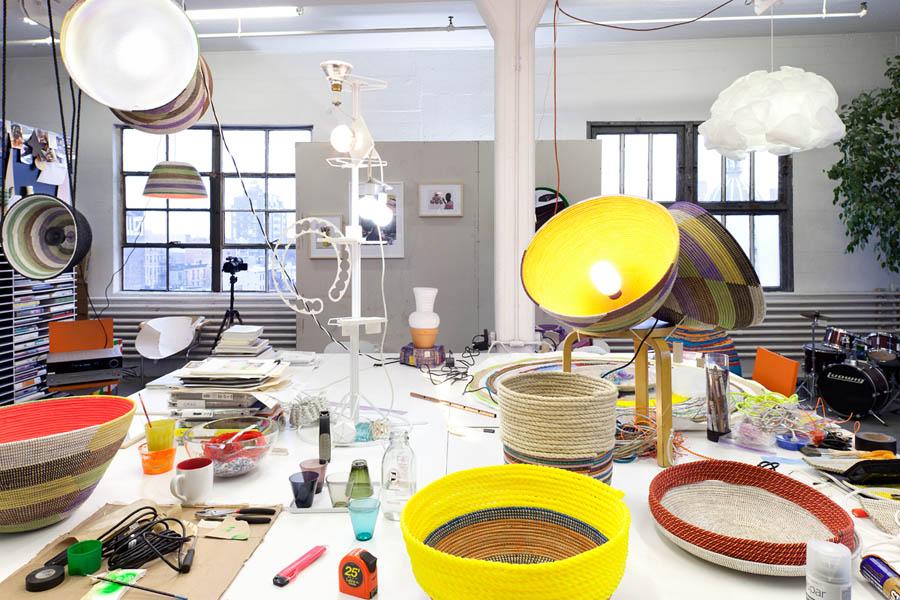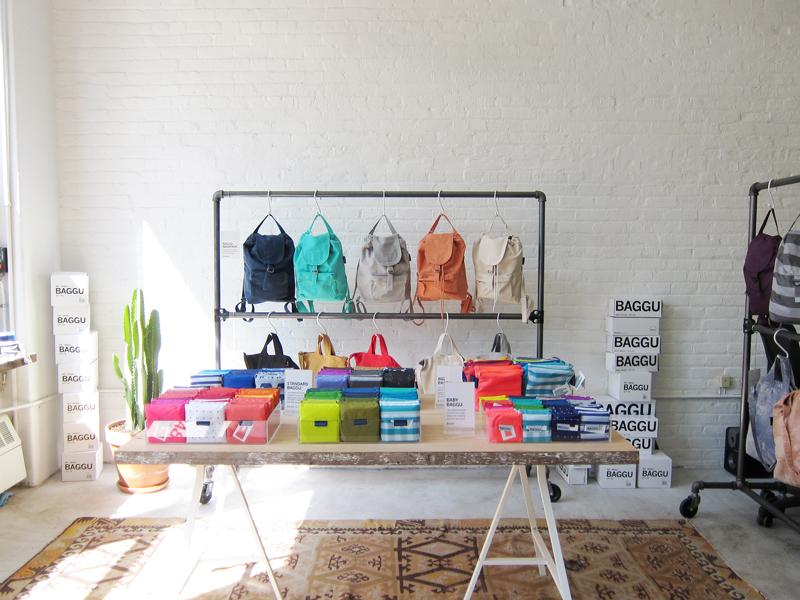In search of inspiration, the Chicago-born designer Stephen Burks has often traveled to places like Peru, South Africa, Haiti, India, Australia, and Kenya. But the idea for his latest project began a bit closer to home: “Three or four years ago, I met this basket salesman at a street fair in New York,” remembers Burks. “His name was Serigne Diouck, and I told him I was interested in his technique.” The two became friends instantly, and Burks soon learned that the baskets were constructed from spiraled sweet grass, stitched together with colorful strands of recycled plastic and made in Diouck’s birthplace of Thies, a tiny village outside of Dakar. Their collaboration, though, was longer in coming. “Since 2006, I’ve been shooting this documentary of my work in the developing world,” says Burks. “Finally in 2009, the Sundance Channel came forward and wanted to produce a pilot. We did a four-day shoot in Senegal with Serigne where I did a bunch of experiments around these traditional baskets.” One of the products to come out of the shoot was the Starburst lamp, a cluster of Diouck’s baskets turned into readymades and strung together with bulbs until they resembled some sort of third-world Castiglioni lamp. On a studio visit last fall, Thelma Golden and Naomi Beckwith — the curators of New York’s Studio Museum in Harlem — spied the Starburst and commissioned Burks on the spot to create the museum’s first-ever industrial design exhibit around the theme of those hybrid experiments. The resulting show, called Stephen Burks: Man Made, opened this spring at the museum.



